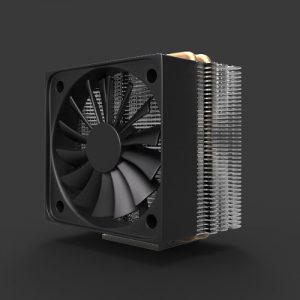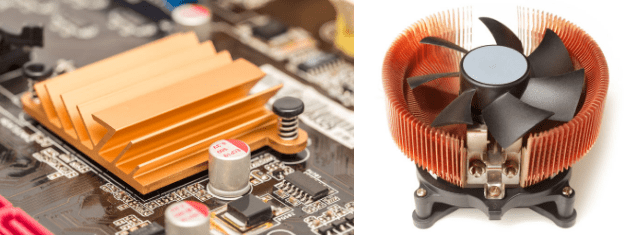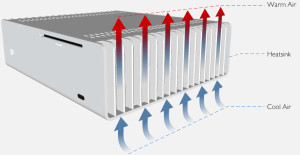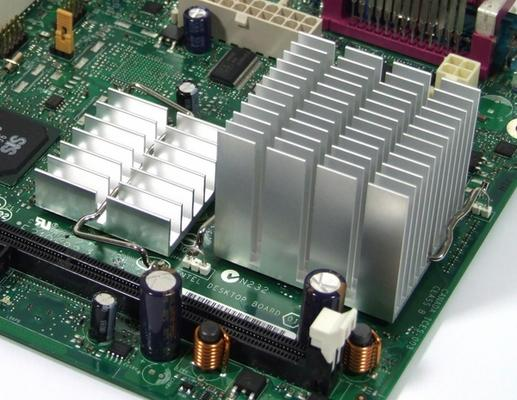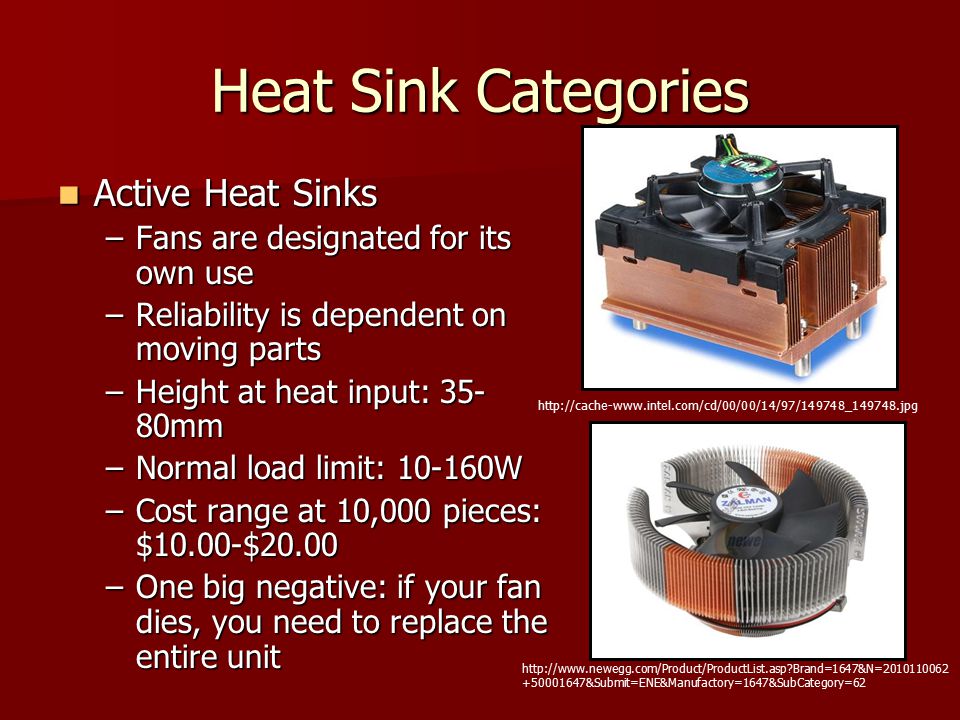The heatsink is typically a metallic part which can be attached to a device releasing energy in the form of heat with the aim of dissipating that heat to a surrounding fluid in order to prevent the device overheating.
Active heat sink design.
An active heat sink uses an electronic device s power supply to connect to a fan or a peltier device to actively divert heat away from the components by circulating air to cool the component or conduct heat away from it.
In computers heat sinks are used to cool cpus gpus and some chipsets and ram modules.
You need to be sure you choose the appropriate type based on your design needs and volume requirements.
A heatsink is a passive heat exchanger that transfers heat.
Active heat sinks are often used in conjunction with passive heat sinks.
A heat sink also commonly spelled heatsink is a passive heat exchanger that transfers the heat generated by an electronic or a mechanical device to a fluid medium often air or a liquid coolant where it is dissipated away from the device thereby allowing regulation of the device s temperature.
These systems are advantageous as they do not require secondary power or.
Heat sinks are most commonly utilized in active passive or hybrid configurations.
Passive heat sinks have no.
Heat sinks are used on a broad range of electronics ranging from cpus to motor drivers.
Heat sinks help absorb and dissipate the heat generated by electronic devices.
Remember that sometimes active heat sinks are required for enhanced heat dissipation.

